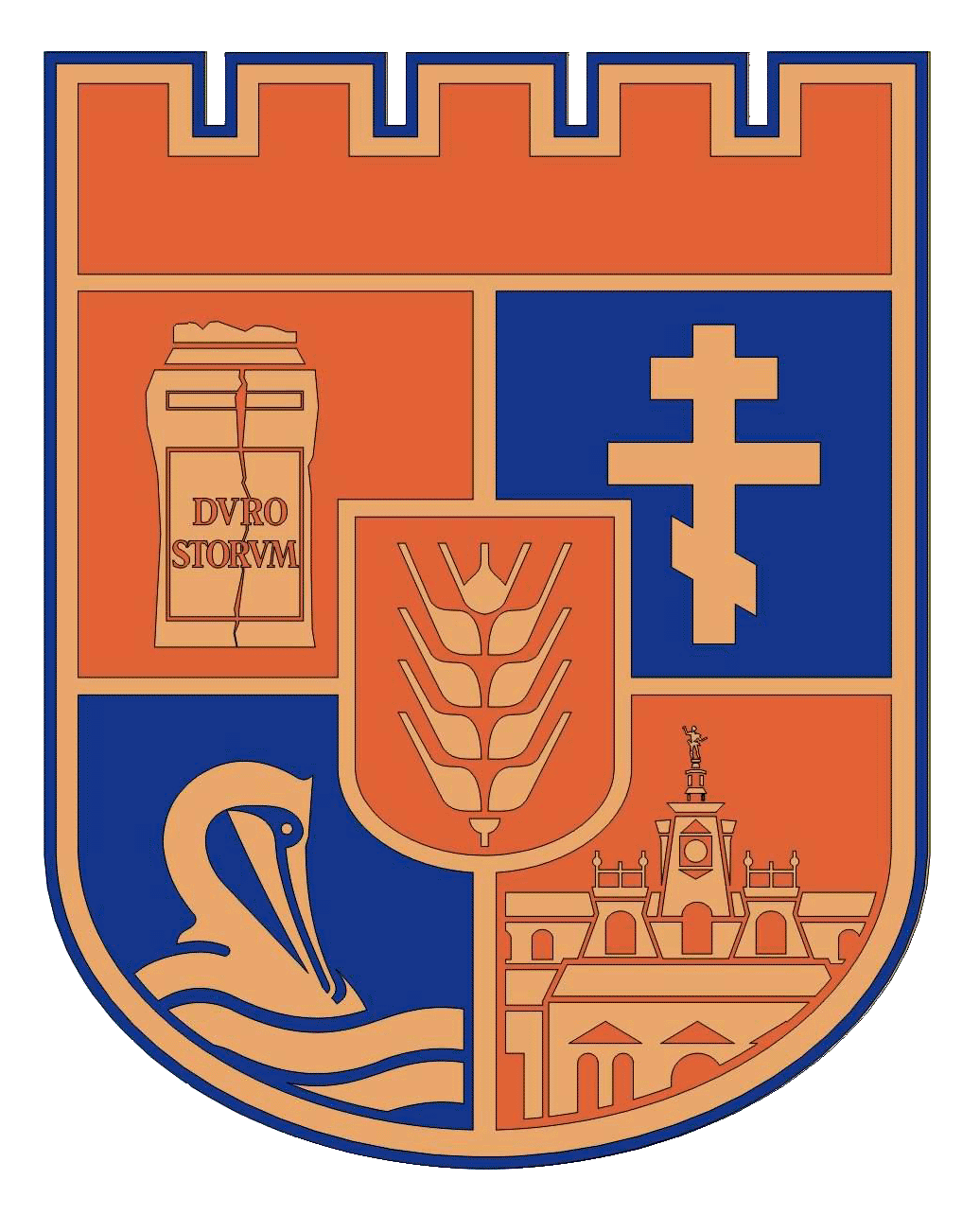Vasil Levski Monument
Category MonumentLOCATION
The monument of Vasil Levski, known as the Apostle of Freedom, is located in the city center of Silistra, between the Otets Paisii Str. and Sofia Str. Silistra, on the Danube Park in the town of Silistra, 429 km away from Sofia. There is a bus three times a day leaving from the Sofia Central Bus Station to Silistra, as well as a train three times a day from the Sofia Central Railway Station.
DESCRIPTION
The Vasil Levski monument in Silistra is a bronze sculpture – bust. Its author is Krassimir Angelov.
HISTORY
The Levski bust-monument Levski was opened in 2007. on the occasion of the 170th anniversary of the birth of the Apostle.
Vasil Ivanov Kunchev - Levski is a Bulgarian national hero. He is called the Apostle of Freedom because he is an ideologist and organizer of the Revolution during the Ottoman rule in Bulgaria.
Vasil Ivanov Kunchev was born on 06 (18) July 1837 in Karlovo in a family of craftsmen. He studied at the Karlovo School as well as the Stara Zagora School. Under the influence of his uncle Vasilii, he became a monk and a deacon named Ignatius.
In 1862 Levski left his hometown and headed for Serbia to join the First Bulgarian Legion, organized by another Bulgarian revolutionary Georgi Rakovski. According to the legend, during a military exercise, he made a "Levski (leonine) jump" and thus got his nickname.
In the autumn of 1868 he went to Romania. There he met with another notorious Bulgarian revolutionary-Hristo Botev.
Levski then went on two tours of the country to assess the readiness of the people for a recent uprising and concluded that much more in-depth training is needed.
After the heroic death of the cheta of Hadzhi Dimitar and Stefan Karadzha in 1868, Levski came to the conclusion that the people were not prepared for a rebellion and believed that an internal revolutionary organization had to be created. In the autumn of 1869 in Bucharest Luben Karavelov and the group of "youngsters" with the participation of Vasil Levski created the Bulgarian Revolutionary Central Committee. It was a network of smaller committees. It created district centers, secret mail, secret police and strict revolutionary discipline.
Vasil Levski died before the Liberation of Bulgaria, hanged in Sofia on 19 February 1873. The genius theoretician and practitioner of the national revolution, Vasil Levski, contributed to the basis for the subsequent liberation from the Ottoman Empire, especially the April Uprising and the Liberation War, and his democratic ideas are an ideal that has not been reached even in nowadays.
Each year the citizens of Silistra offer wreaths and flowers to the monument as a sign of appreciation for the anniversaries of his birth and death. The monuments of Vasil Levski in In Bulgaria the monuments of Vasil Levski are 136. In the art of cavalry and the monument sculpture inspired by the Apostle's work are Bulgarian sculptors such as: Marin Vassilev (the monument in Karlovo), Zheko Spiridonov (bust of Levski in Varna), Yordan Kruchmarov, Ivan Lazarov , Lubomir Dalchev (Veliko Tarnovo monument), Vladimir Ginovski (bust in the Boris garden in Sofia) and others. In recent years monuments of the Apostle have been built in many Bulgarian cities and villages, as well as in Washington, Bucharest, Buenos Aires, Thessaloniki.
Various stories from the life of the Apostle present Boris Angelushev, Nikola Kozhuharov, Vassil Stoilov, Kalina Taseva, Sergey Ivoilov, Ivan Petrov, Dobri Dobrev in their works. Rich information on the artistic reproduction of the image of Vasil Levski is contained in the book by Zhechko Popov "Vasil Levski in Bulgarian Fine Art“.
Vasil Levski has hundreds of pages dedicated in Bulgarian artistic and documentary literature. His image is undoubtedly a great creative temptation.
The man who first wrote about Vasil Levski is Zakhari Stoyanov with his work "Notes on the Bulgarian Uprisings". “Features in Life (1883) “ was the first of his classic books. Almost at the same time, Ivan Vazov wrote about Vasil Levski in the well-known " Epic of the Forgotten " (written in 1881) and a very familiar verbal portrait, built in “Nemilli-Nedragi (1884)”, and later wrote about him in several other popular stories. Both Stoyanov and Vazov - two political and literary opponents who have dedicated themselves to a common cause – didn`t know personally know Vasil Levski but build the image with which he still lives in the consciousness of all Bulgarians. In this respect, they even outstrip Botev's undoubted masterpiece, which, as it is well known, not only knew but also co-wrote with Levski. Today we can probably try to compare the portraits that Zakhari and Vazov draw. They are not identical, "Notes on the Bulgarian Uprisings" is undoubtedly more detailed, and his biography from Zakhari Stoyanov may be even more fascinating as a reading. In the consciousness of Bulgarians the portrait of Levski which Vazov makes seems to be harder to seal. [1]
SITE SIGNIFICANCE
Vasil Levski is the most revered Bulgarian revolutionary. He is called the “Apostle of Freedom” and the “Liberator of Bulgarians”. Each of his memorials are expression of national pride and gratitude.
VISITOR INFORMATION
It is located outside and is free to visit.
SITE CLASSIFICATION
Monument.
[1] Wikipedia.org. <https://bg.wikipedia.org/wiki/%D0%92%D0%B0%D1%81%D0%B8%D0%BB_%D0%9B%D0%B5%D0%B2%D1%81%D0%BA%D0%B8> (24.04.2018)




